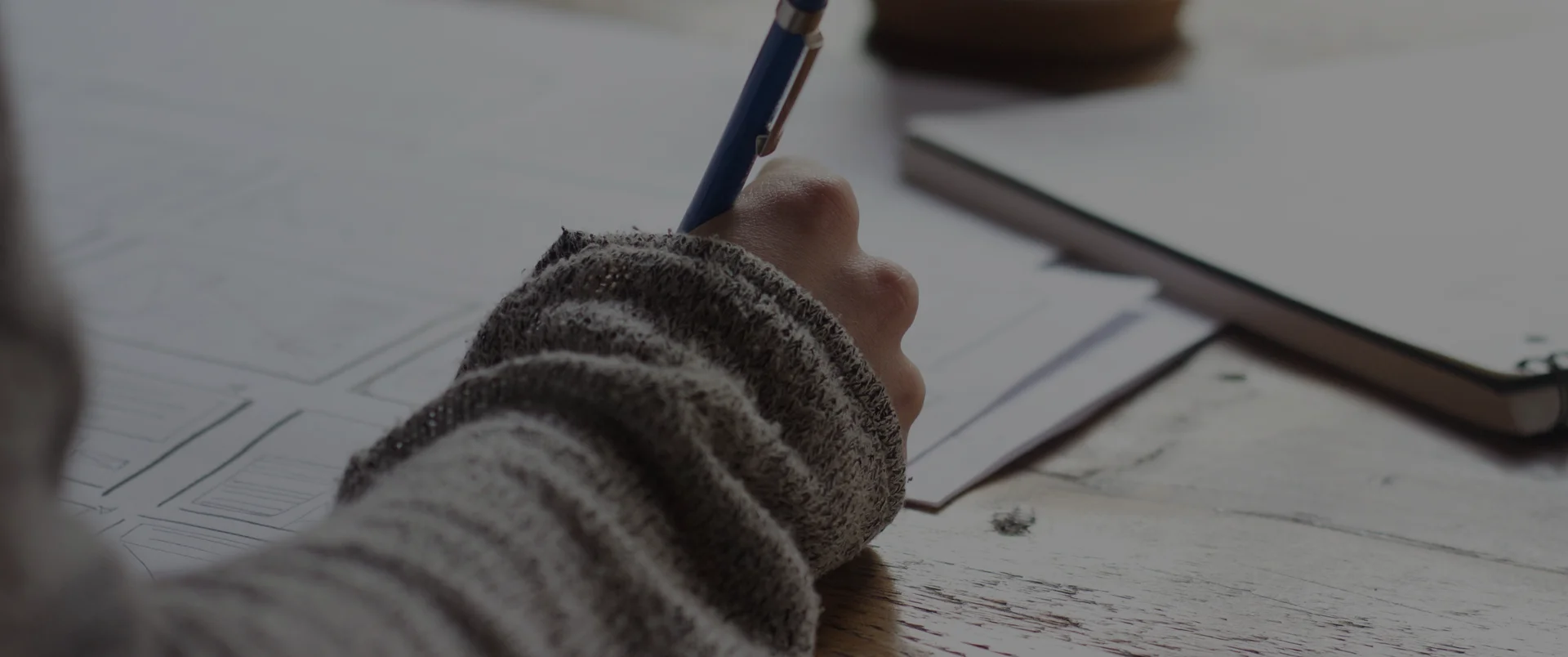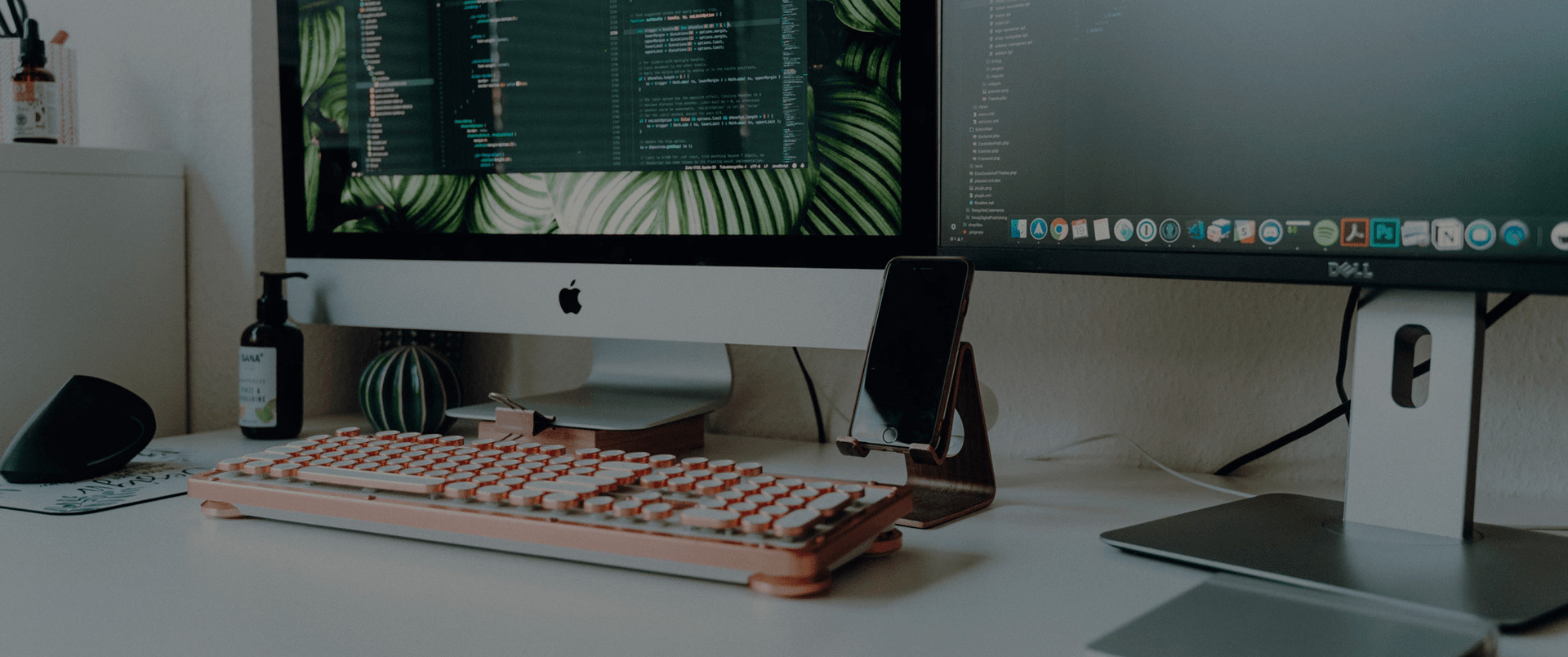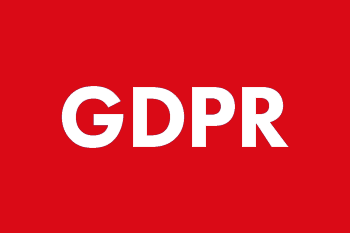Social media has changed the way we attend conferences and other live events. Our ability to share what’s happening and connect with others – whether actually there or not – is greater than ever.

But how about for those not attending? Social media gives an insight into what’s going on. It has taken debate, feedback, networking and lots more into new areas.
But it is no substitute for being there.
This week, several events have been going on that this writer can’t attend. We reckon there are four categories of what’s-the-next-best-thing-to-being-there:
1. A video feed – This is the best facsimile of being in a room, listening. (Though it’s very much a one-way street.) A locked-off camera at the back of a room, streaming, real-time. But it’s a huge time suck. And what about good sound quality, concurrent sessions, stuff that happens just out of camera and so on?
2. Media-written or -curated information – This might mean live blogging or simply online content (owner-hosted or over social media) from a professional creator who is consistent in how they report and trusted by you.
3. Social media – Typically this means following a hashtag for an event over Twitter or a bunch of people you are ordinarily connected to and trust and who happen to be at the event you can’t get to. There are platforms in addition to Twitter, of course, with a growing breed set up around live events and performing just this function.
4. Trusted contact – This is the friend or colleague who is there. Maybe you get to catch up with them later in the day or well after the event – but the point is you trust them, know where they’re coming from and can quiz them at length about what went down.
As you can see, none of the above ticks all the boxes. Some of us use a combination of all of them to get an approximation of what is/was going on.
Perhaps the key to all is trust. That’s why a hashtag isn’t perfect. A huge proportion of tweets you’ll see are from people you don’t know. You have seconds to work out whether you believe what they’re saying (if it’s presented as a fact) or corroborate with what other people are writing.
Methods [2], [3] and [4] above aren’t going to disappear. We’d just prefer more event organisers to also go with [1]. Trust us, it won’t mean people stay away, given a choice. It’ll just make them happier as a remote participant.
*Image ‘speech‘ by Tim Morgan published under Creative Commons Attribution 2.5 Generic (CC by 2.5)
–
Follow us on Twitter – @ColContent
Need to know about events? Buy the e-book, Everything In Moderation: How to chair, moderate and otherwise lead events, by Collective Content (UK) founder Tony Hallett from Amazon.co.uk.








